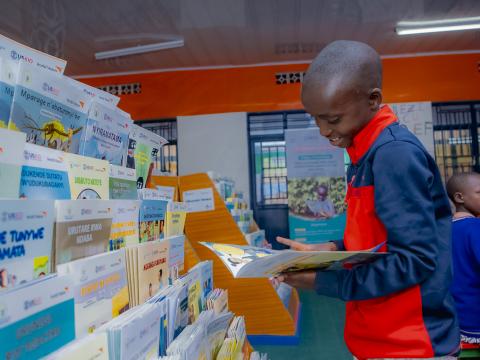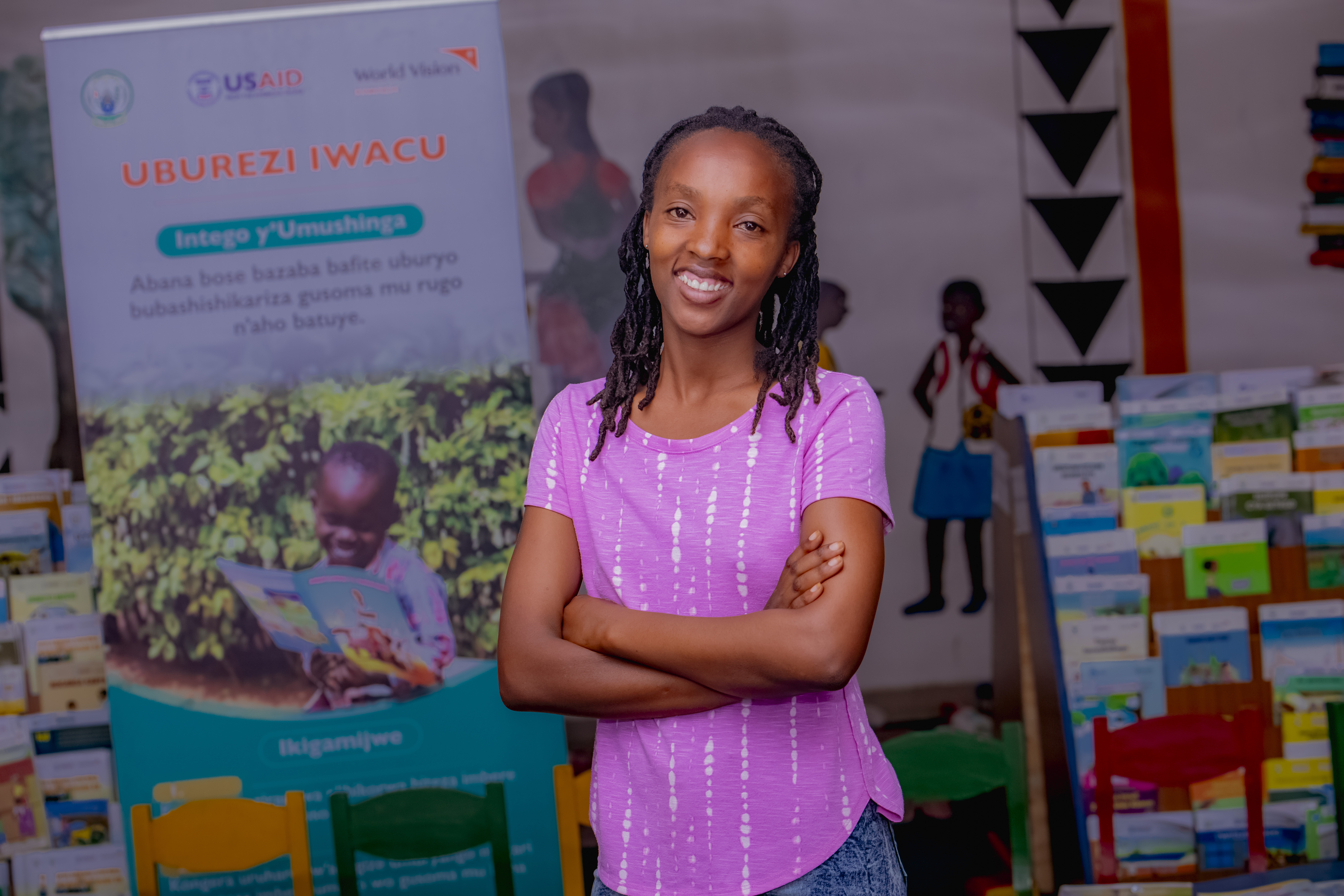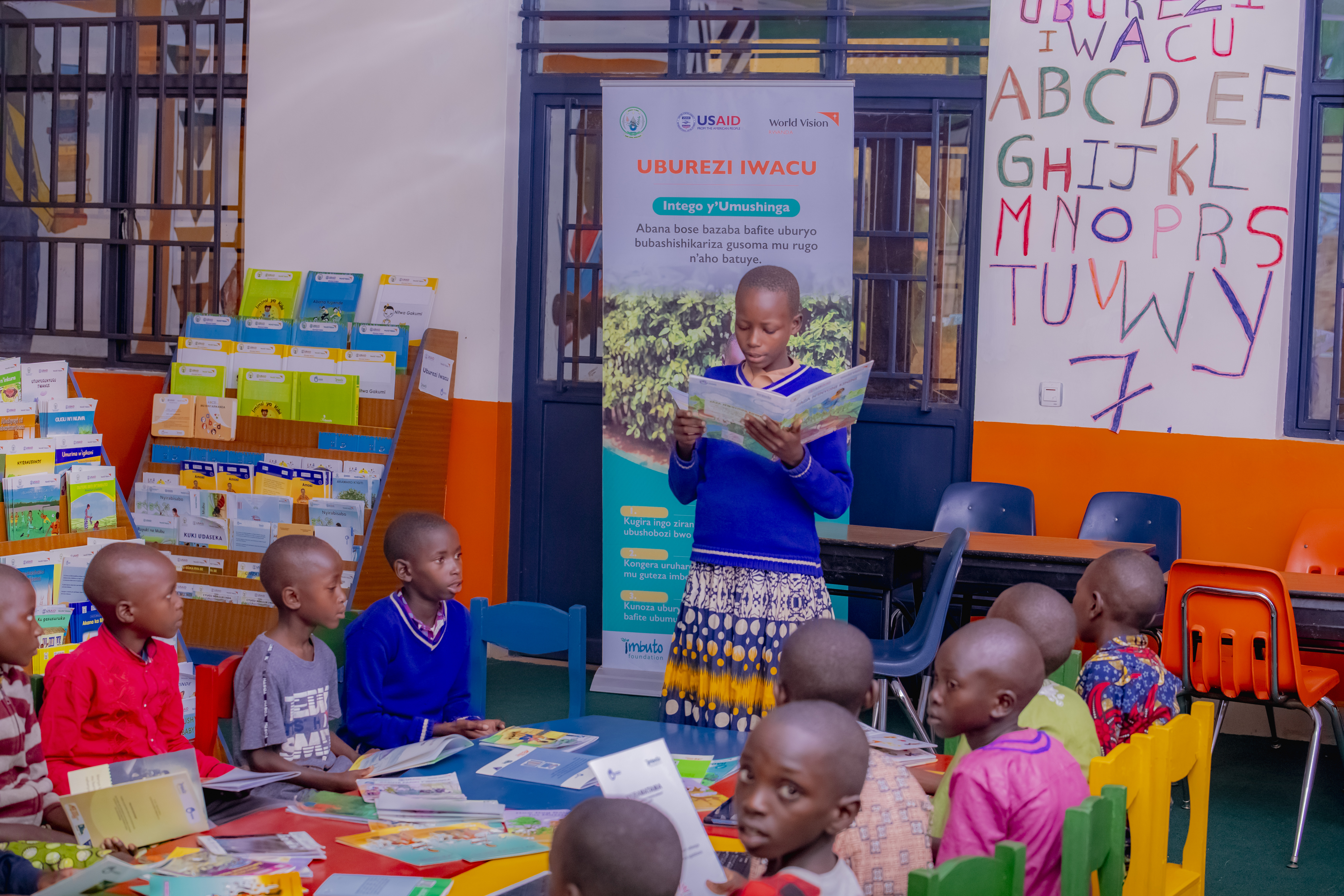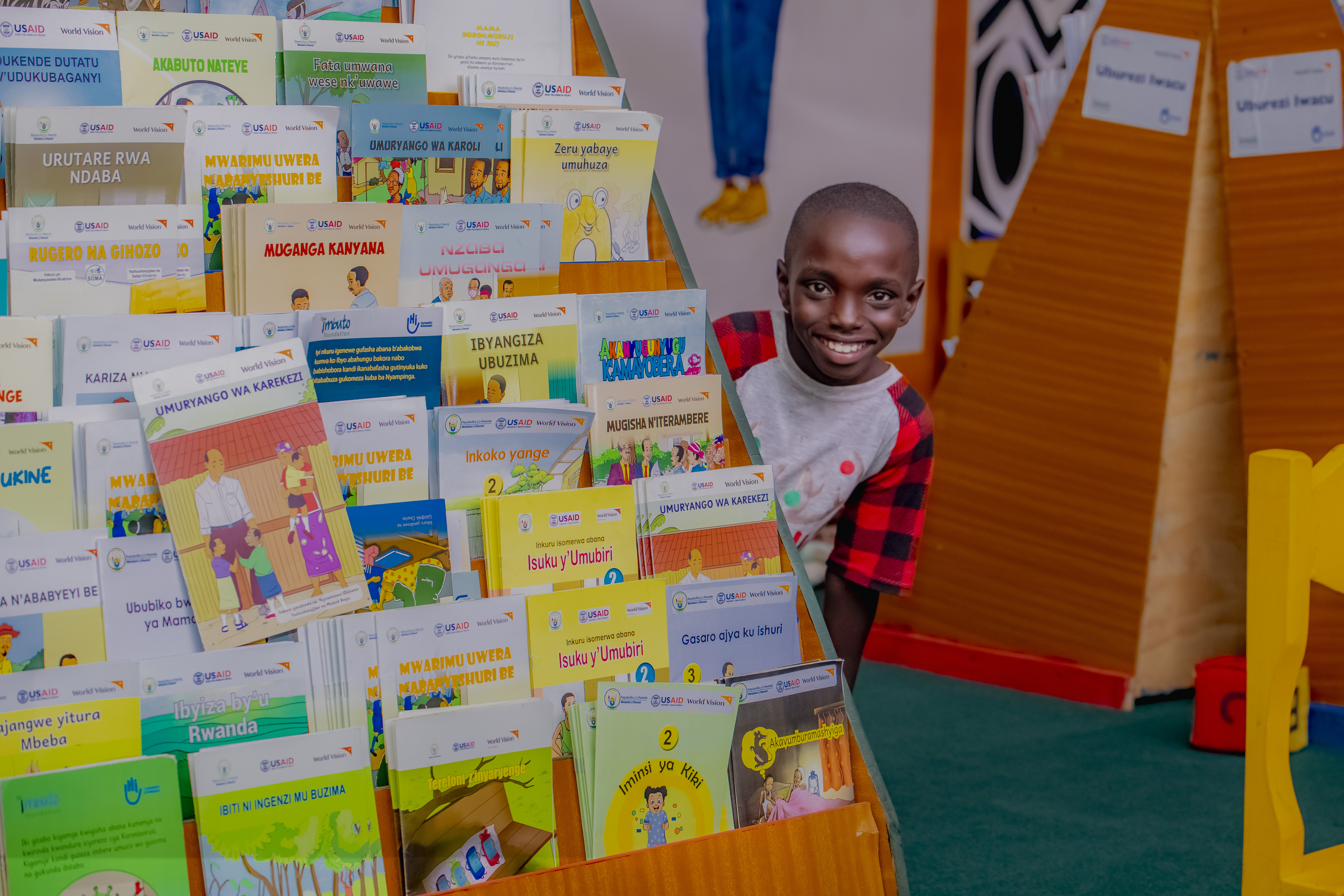Uburezi Iwacu: Enhancing Literacy Outcomes Through Community Libraries

In the remote corners of Gisagara, where books were once scarce and children lacked spaces to nurture their love for learning, a powerful transformation is taking place. Uburezi Iwacu, a groundbreaking project launched in 2021, is tackling critical learning barriers and nurturing the aliteracy movement. Through innovative approaches and dedicated support, the project is reshaping the educational landscape for thousands of children, especially in underserved communities.
Before Uburezi Iwacu, many children struggled with literacy, and their confidence faltered in classrooms and social settings. Schools lacked the necessary resources, and libraries were almost unheard of in rural areas. For children with disabilities, the barriers were even more significant, isolating them from opportunities to integrate and thrive.
But change arrived with the establishment of community libraries under the Uburezi Iwacu(Homes & Communities) project, funded by USAID. These libraries, equipped with books, digital resources, and technology, have provided a conducive environment for children’s literacy, thus enhancing their reading and comprehension skills. A prime example is the Gisagara Center Community Library.
“This library helps young children to stimulate their cognitive abilities and improves writing, reading, and comprehension skills for those in school,” says Mukeshimana, a passionate volunteer at the Gisagara library. “Children who once struggled to interact with others now come here, socialise, and even teach each other how to read. It builds their confidence to stand before people and adapt to society.”

The community library serves as a bridge between Early Childhood Development (ECD) Centers, primary schools, and the wider community. ECD Centers bring young children to the libraries to spark early literacy, while primary school students enhance their reading and writing skills.
During holidays, the Gisagara library becomes a vibrant hub, buzzing with the laughter of 150 to 200 children every week. They immerse themselves in stories and educational games, nurturing skills that extend beyond academics.

“Children who were once ashamed of their low reading abilities now confidently read aloud and even write their own stories,” Mukeshimana shares. “Before coming here, many couldn’t read Kinyarwanda well. Now, they’re flourishing.”
Parents, too, are joining the movement, recognising the value of reading and actively encouraging their children to visit the library. This growing enthusiasm signals the library’s crucial role in reshaping the community’s approach to education.
Scaling Impact Across Rwanda
The impact of Uburezi Iwacu extends far beyond Gisagara. With activities in all 30 districts of Rwanda, the project is designed to ensure that every child enjoys a literacy-rich, stimulating, and safe environment at home and in the community.
Uwihanganye, the Project’s Coordinator for the Southern and Western provinces, emphasises the critical role of accessible reading materials: “To enhance literacy, we must address the scarcity of books and safe and conducive spaces for children’s reading. These libraries provide a solution, offering children the tools they need to succeed.”
By improving home literacy environments, creating inclusive opportunities for children with disabilities, and nurturing community engagement, Uburezi Iwacu is impacting children’s lives.
The Homes and Communities Activity is a five-year literacy project that aims to ensure that all Rwandan children have literacy-supportive, stimulating, and safe home and community environments to enhance their education. This is being achieved through improving home literacy environments and learning opportunities for children with disabilities and increasing community engagement in promoting children’s literacy. Targeting 889,983 children (226,706 pre-primary, 663,277 lower primary) and 829,097 parents and caregivers in all 30 districts in Rwanda, the activity contributes to improved literacy outcomes by the end of Primary 3 (P3). (Source: Project monitoring data).
